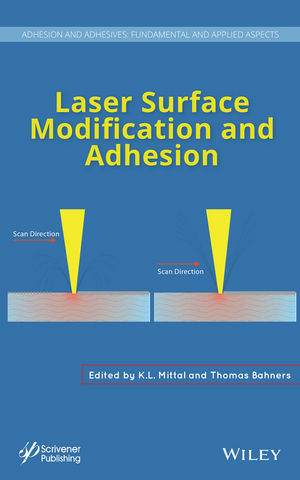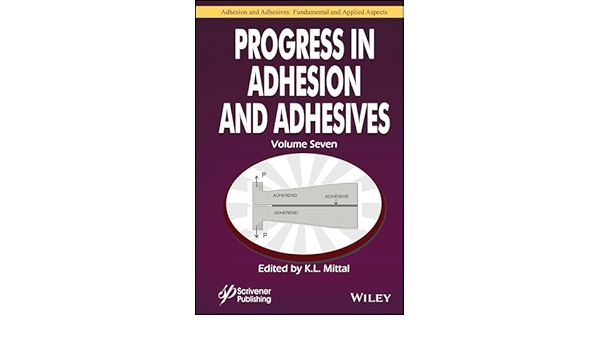Ask Dr. Dave: October 2012

QUESTION: We use cyanoacrylate adhesives in several assembly operations, but we are reluctant to use them for parts that might be used outdoors. What do you recommend?
ANSWER: For many years, cyanoacrylates were not recommended for outdoor applications where possible hydrolysis of the adhesive might occur. However, some modern formulations—particularly rubber-toughened adhesives—have proven to be highly resistant to thermal cycling and moisture. I would recommend these adhesives, with a warning to ensure that you have tightly fitting parts. The major limitation of cyanoacrylates is still their inability to fill large bond gaps.
QUESTION: We are using a room temperature-curing epoxy adhesive. My supplier keeps recommending an adhesive with a higher Tg. Can you please explain what that means?
ANSWER: The Tg, or glass transition temperature, is the temperature at which a cured polymer goes from a hard, glasslike state to a rubber-like state. It is essentially a softening point where the properties change rather dramatically. High Tg systems are impossible to achieve through the room temperature curing of epoxies.
In order to cure at room temperature, it is necessary to use relatively low-molecular-weight difunctional epoxy resins (and often diluents) to make the systems sufficiently fluid. In addition, only a few hardeners, such as polymercaptans and amidoamines, will cure the systems sufficiently and quickly at room temperature. Normally, you will not find a Tg more than 20-30°C above the cure temperature.
The ultimate Tg is determined by the chemical structure of the epoxy resin, the type of hardener and the degree of cure. In general, high Tg systems come from curing at high temperatures for long times and by using multifunctional resins (e.g., trifunctional or tetrafunctional) to achieve more crosslinking. These curing conditions ensure maximum molecular mobility and complete curing. You will usually notice a dramatic loss in adhesive strength above about 50°C in a room temperature-cured epoxy. With your adhesive, you should certainly see an increase in Tg by curing at higher temperatures, but the ultimate value will be determined by your particular composition.
Any views or opinions expressed in this column are those of the author and do not represent those of Adhesives & Sealants Industry, its staff, Editorial Advisory Board or BNP Media.
Looking for a reprint of this article?
From high-res PDFs to custom plaques, order your copy today!








